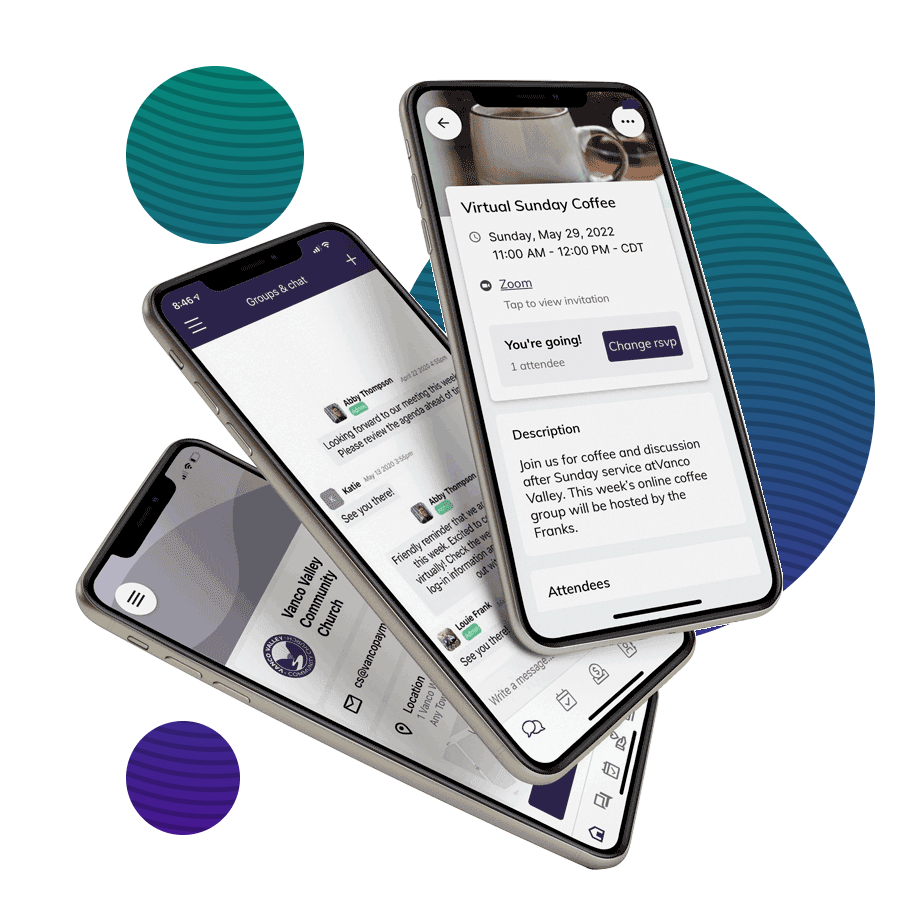1. The Discovery Phase
Modernizing an existing application through a rewrite is a big undertaking, so to make sure we had everything we needed for the project to be successful, we engaged in a thorough discovery phase.
Our first step was making sure our team had a good understanding of the system they would be working with. Through deep dives into Vanco’s existing system, regular meetings, and asking the right questions about their development goals, we gained an understanding of not only the client’s software but also their business ethos and long-term goals.
From our discovery phase, we were able to build a solid foundation of knowledge so we could begin to suggest architectural improvements. For this reason, we often recommend our clients go through a discovery phase before large-scale development and migrations, as it will nearly always increase the overall efficiency of the development team, and ensure everyone working on the project is on the right track for success.
As part of the initial phase, Softjourn’s team prepared data synchronization architecture between the legacy code and the new .NET-based applications.
Here’s how we organized the work:
- Studying existing project documentation (architecture diagrams, services definitions, and data flows).
- Analyzing the Java module source code.
- Real-time working sessions with the Vanco team to further discuss their system environment, ask questions, review suggestions, and agree on aspects of their soon-to-come .NET solution.
- Creating detailed documentation based on our insights.
Hiring external experts to help with the discovery phase – rather than running the entire discovery in-house – was beneficial for our client for many reasons, including:
- Access to a team experienced in analyzing systems to give top recommendations and insights on their system.
- Gaining valuable advice from industry experts about their specific business case.
- Having objective and unbiased views shared about their project.
2. Mapping Out First Data Transaction Simulator and Processor Integration
After receiving the client’s documentation and Java module source code, Softjourn conducted several collaborative sessions. These meetings focused on environment discussions, reviewing recommendations for our Phase 1- defined .NET solution, and exploring strategies for seamless integration with the processor.
Our experts focused on reviewing the client’s:
- Legacy architecture flows
- Cloud infrastructure (based on Azure)
- Current transaction processes
- Data storage layer, cashing, and logging strategies
The deliverables for this phase included a detailed integration document with an updated architecture diagram and flow description.
3. Dedicated Development Team
After the first two successful phases, we were glad we proved ourselves helpful to Vanco and were happy to continue working with them on the third phase of their project: development. For this part, we’d have a chance to apply our deep experience and expertise in the payment processing development area.
Our teams supported Vanco’s in-house staff with development activities, greatly streamlining the product development process. Our developers continue to work with Vanco as an extension of their development team.
Our client set a high bar for an experienced and trustworthy third party, and due to our highly skilled and collaborative team of professionals, Vanco was happy with the results of our work together.
Benefits of Working with Experienced Fintech Partners









